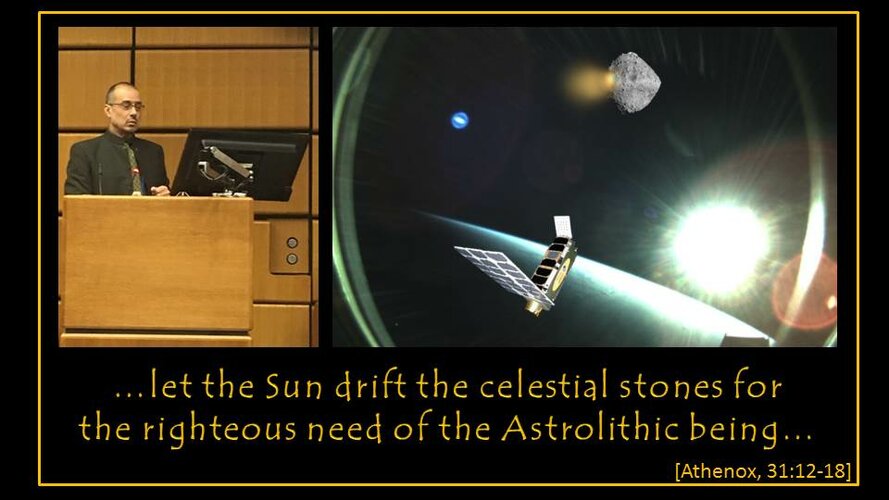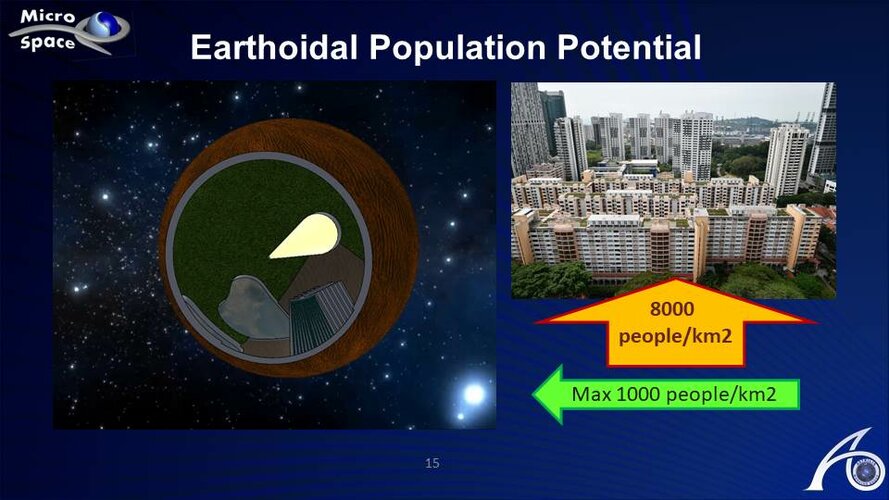mangiumicro
ACCESS: Restricted
- Joined
- 10 January 2021
- Messages
- 20
- Reaction score
- 4
We are on the dawn of a new age of mankind, soon asteroids as large as many km in size will be sailed from their original orbits around the Sun to Earth Geostationary orbit by using the energy of the Sun and their own asteroid material as propellant. Once in Earth orbit they will be refined to obtain precious materials and repurposed to create human habitats for millions of people who will climb there through space elevators.
See our video for details of the beginning of this new age of the Space stones: the Astrolithic.

See our video for details of the beginning of this new age of the Space stones: the Astrolithic.

Last edited by a moderator:

